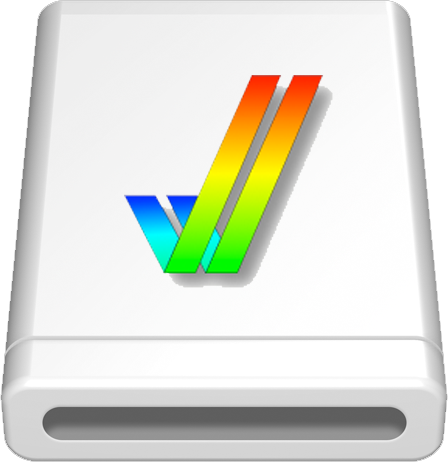Piccolo SD64 (CU Amiga March 1995)
Back in 1986, 4096 colours on a home computer was considered groundbreaking. Now, unfortunately, it isn’t: it’s 16 odd million or bust. This prompted Commodore to upgrade their standards and provide 24 bit colour palettes along with a pseudo 24 bit graphics mode with lots of colours on screen for their newer AGA machines such as the 1200, 4000 and CD32. For older Amiga owners, there was no AGA upgrade available, apart from the 24 bit graphics cards that were appearing.
Now, there’s a veritable multitude of options for upgrading the graphics display of your Amiga. Unfortunately, with only a few exceptions, these all take the form of a card for “big box” Amigas such as the 2000, 3000 or 4000. Bursting onto the market recently, we have the new Piccolo SD64 from Ingenieurburo Helfrich (known as the makers from now on). Blittersoft have provided one, so it’s time to get it under the spotlight.
Chips wi scraps, please?
Based on a fast graphics processor with either 2 or 4 MB of memory on a 64 bit data bus talking to your Amiga with Zorro II or III, this piece of kit sounds promising. The blurb on the cover is pretty tasty too, if you like this sort of thing.
Popping the bonnet up to see what lurks underneath, you see a well manufactured board containing a depressingly small amount of chips for your money. One of these is the Cirrus Logic 5434 graphics processor chip – the current flavour of the month with PC owners as it is used on the fast Kelvin64 PC graphics card, which incidentally costs around the £200 mark. This chip is a bit nippy and will chuck out pixels at a rate up to 110 million per second! (That’s a lot)
Clustered next to this beast is the main memory (2MB on the review version) and sockets for upgrading to 4MB at a later date. A further socket for another chip exists and two “feature” connectors are one here too. Various uninteresting lumps sit around with the task of making the thing talk happily to your Amiga.
At the back of the card, there are four connectors. One is an input and allows you to connect the standard output from your Amiga to the card to be passed through to the monitor when the card is not in use. The second is a standard 15 pin VGA connector to which a monitor is attached The third and fourth are a video output jack and S-VHS output jack. Unfortunately, these do not work without an optional upgrade but this could mean that the card could be used for video work. I emphasise the could there; nothing has been announced for definite.
More on that input to the card: when the Amiga is generating the current display, the card switches off its output and routes the Amiga’s output through the card therefore eliminating the need to swap cables around. However, if you have two monitors, you can use them simultaneously.


